Friday, February 20: After leaving Shwe San Daw Pagoda, I zip on my e-bike to the fabulous Sulamani Pahto, built in 1181 by Narapatisithu (1174-1211), and known as the “Crowning Jewel.” It was built after filling the concave ground where the king found a small ruby; one translation of Sulamani is “small ruby.”. With its five doorways and lush grounds, it is one of my favorite temples in Bagan.
It is here, when I take off my flip-flops to leave at the door, that I notice something doesn’t seem right about them. They’re blue, alright, but they have flimsier and shinier straps than mine. Upon closer inspection, I realize they are not nearly as nice as my Havaianas; in fact they’re not my flip-flops at all! I immediately jump to the conclusion that someone must have accidentally taken my Havaianas and left theirs behind at one of the earlier temples I visited. I’m so disappointed because these are not as good as mine, and besides, my Havaianas have taken me all over the world. I’m strangely attached to them, although, after all, they are simply cheap rubber flip-flops. They can be easily replaced. But. Probably not here in Bagan!
After my initial shock and disappointment, I leave the flip-flops, along with all the others left by visitors, and go into Sulamani Pahto to explore the wonders within.
The inside is like an ancient art gallery, with sprawling frescos from the Konbaung period, as well as traces of earlier frescos.
I spend quite a long time exploring the inside of this temple and then decide it’s time to move on.
When I go back to pick up my second-hand flip-flops, I do so with a pang of sadness and nostalgia for my lost Havaianas, now on someone else’s feet. I can’t help but look around through all the flip-flops lying about to see if I can find mine. I’m unrealistically hoping that whoever has my flip-flops will be on the same circuit as I am, and we will be reunited. Foolishly, I think fate will bring us back together. I also can’t help myself from glancing surreptitiously at the other tourists’ feet to see if they are wearing my Havaianas. But what is the point? Even if I do see some that look like mine, am I really going to accuse that tourist of making off with my flip-flops?
Off on my e-bike again, I find myself in the midst of a herd of goats on the move. I stop the bike and take pictures of them as they kick up dust around me.
Next, I make a brief stop at the Singapore Golden Pagoda Buddhist Temple.
I stop briefly to explore Temple #820, about which I know nothing.
On the road again, I’m nearly overrun by a herd of cows kicking up dust.
It’s so hot, dry and dusty here on the plains of Bagan that I’m feeling quite congested, especially being on the e-bike where I’m creating a mini-dust maelstrom wherever I go. It’s no wonder I see people all over wearing bandanas around their faces. I am coughing and hacking away and my eyes are filled with dust. A thin layer of dirt has settled all over my clothes and body. By now, it’s 1:30 in the afternoon, and I’m hungry and thirsty. Though I thought I would pass a lot of restaurants along the way, I’ve hardly seen a one. Thus, when I find this little hole in the wall, I’m thrilled to take a seat and order a lunch of tomato salad, vegetable soup and a bottle of lime juice.
The tomato salad isn’t like anything I would have imagined, and the soup is rather tasteless, but that lime juice really hits the spot.
After lunch, as I have to head back down the long road to Old Bagan, I decide maybe I’ll stop back by the “many elephants temple” in the small hope that I will find my flip-flops there. When I get to the temple, not a soul is in sight, but there, sitting in the dust near the entrance, are a pair of blue flip-flops. My heart skitters with hope as I approach. When I get to them, I see that, voila, they are my Havaianas!! The universe has worked to reunite us, and I feel like we are meant to be together. Nothing can separate us now. 🙂
But. It hits me. The fact that my Havaianas are there means that it wasn’t someone else who took off with my flip-flops, it was ME who took off with someone else’s flip-flops! Ouch. Since my Havaianas are here, all alone in the dust, that means the person whose flip-flops I took must have had to leave in bare feet! I feel so bad!! What can I do? I leave the other person’s flip-flops there, take my Havaianas, and off I go, hoping that poor barefooted person will come back and be happily reunited with her flip-flops.
Stay tuned for the continuing saga of the flip-flops. The story doesn’t end here. 🙂


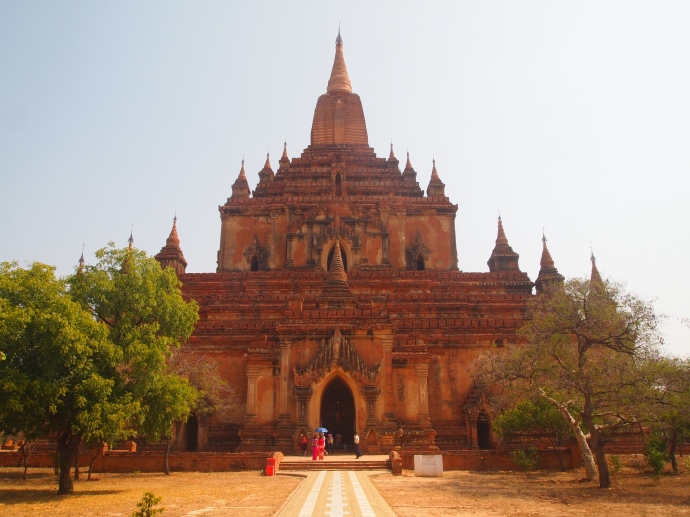

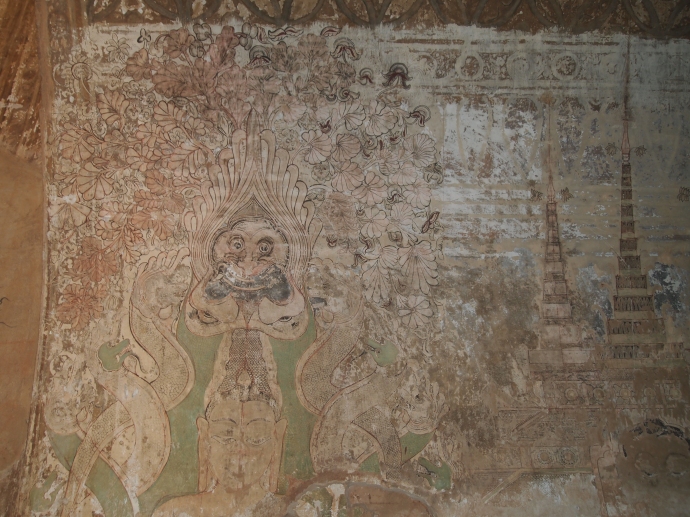
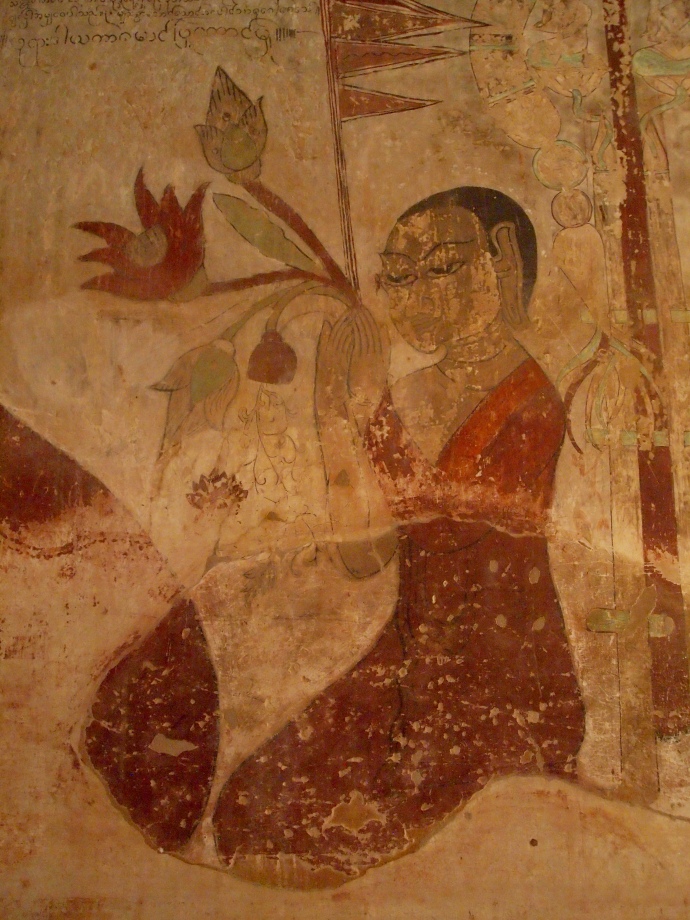

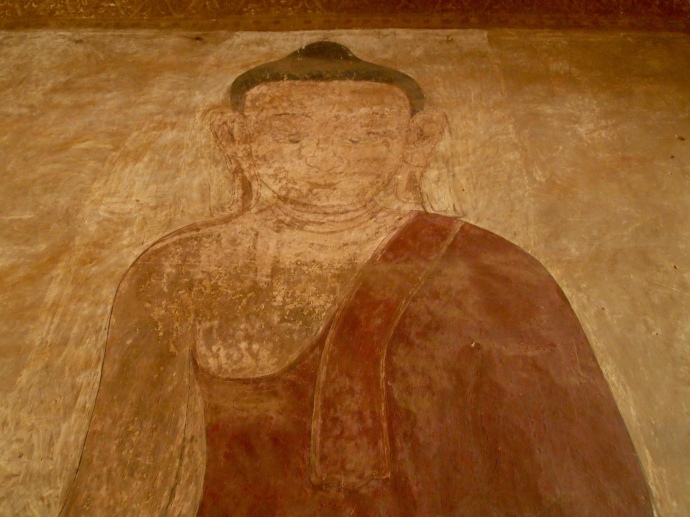


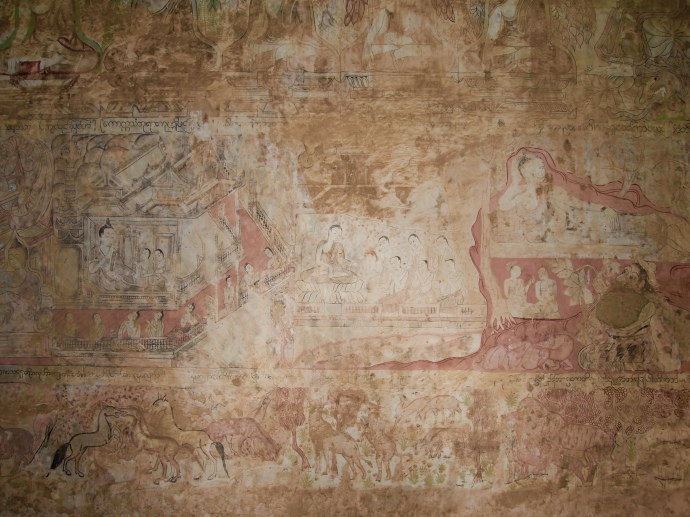
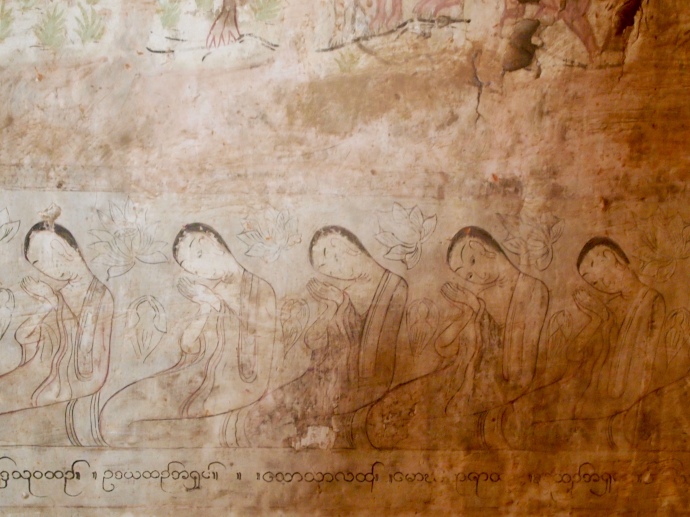
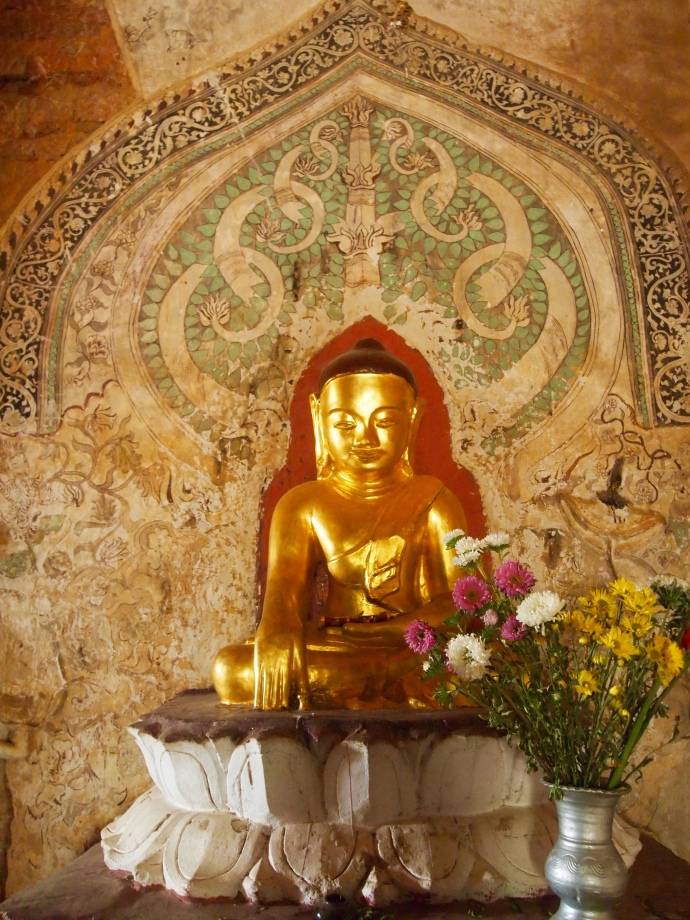

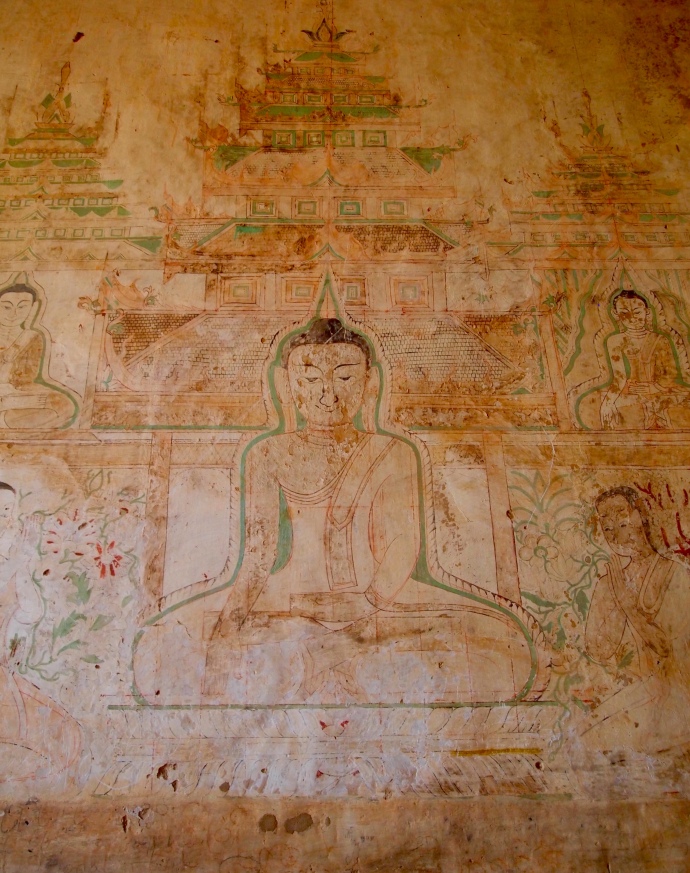



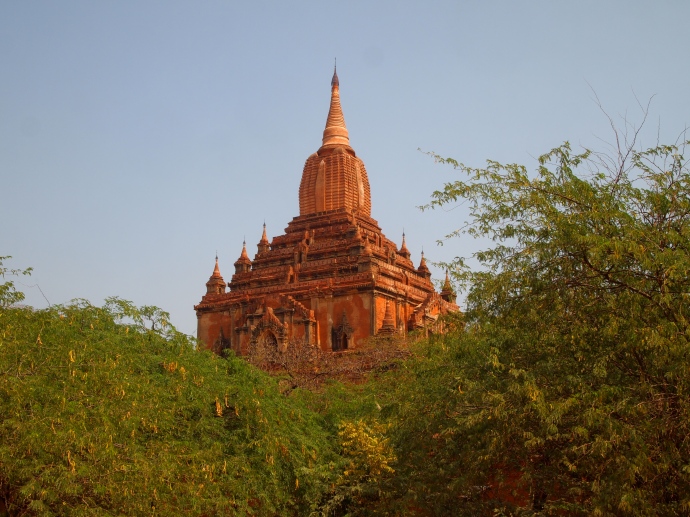
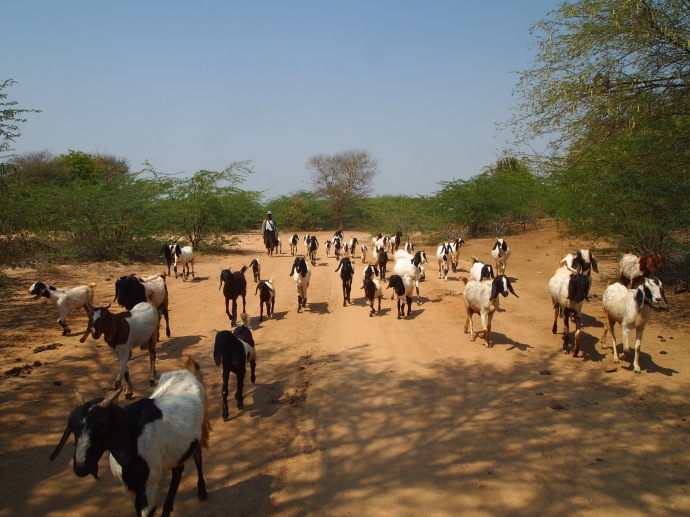

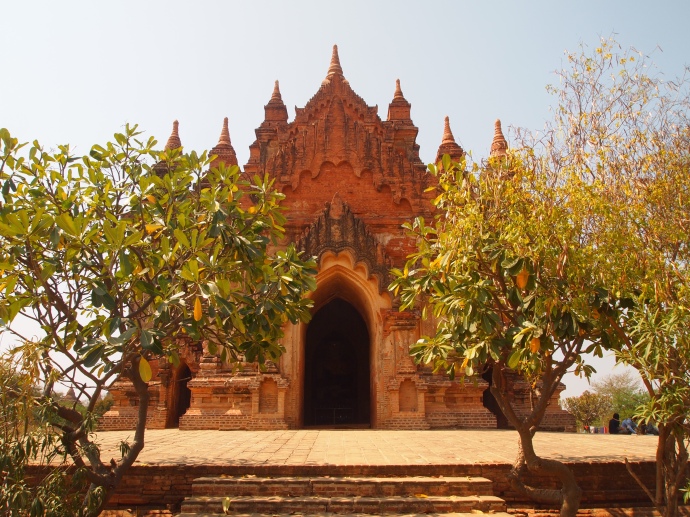

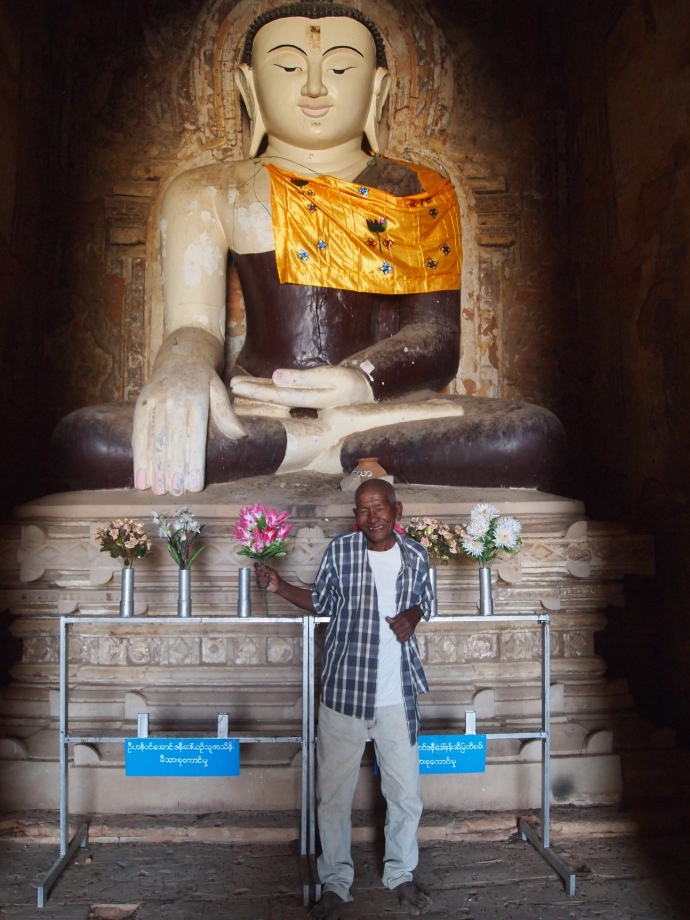
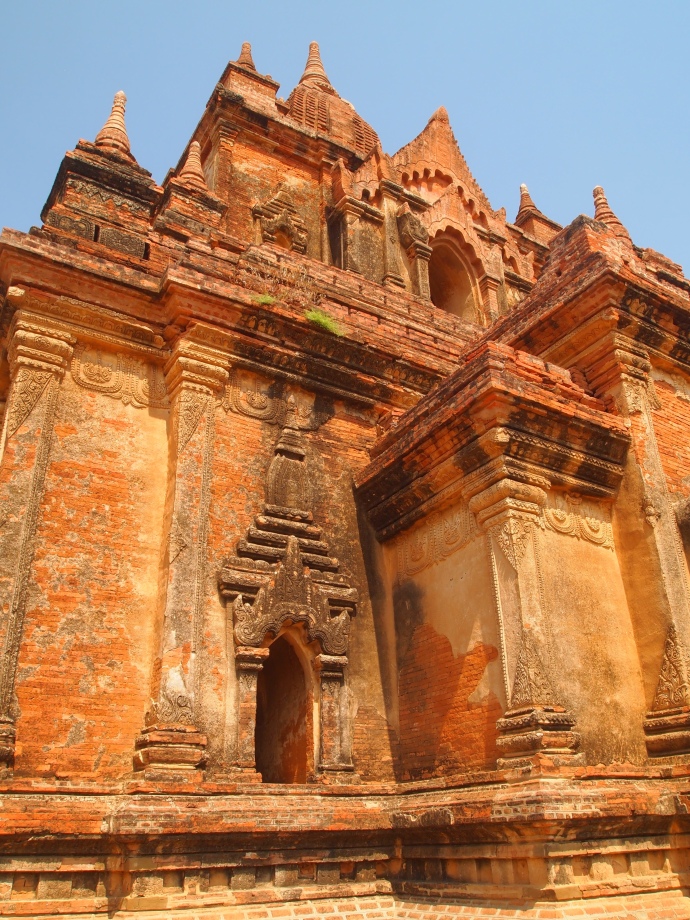
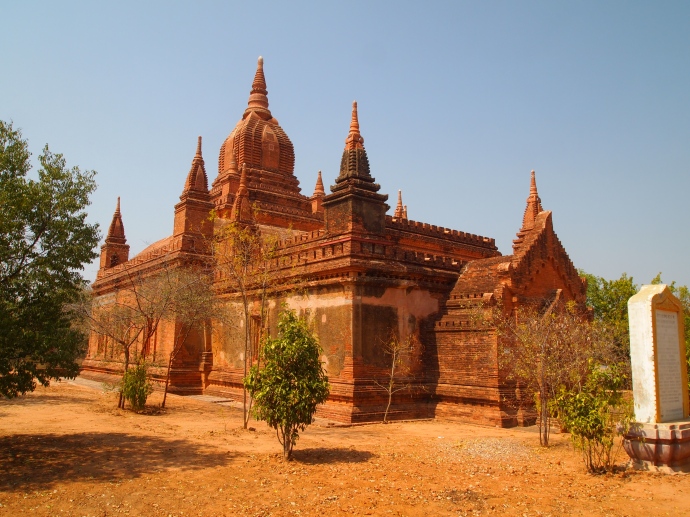
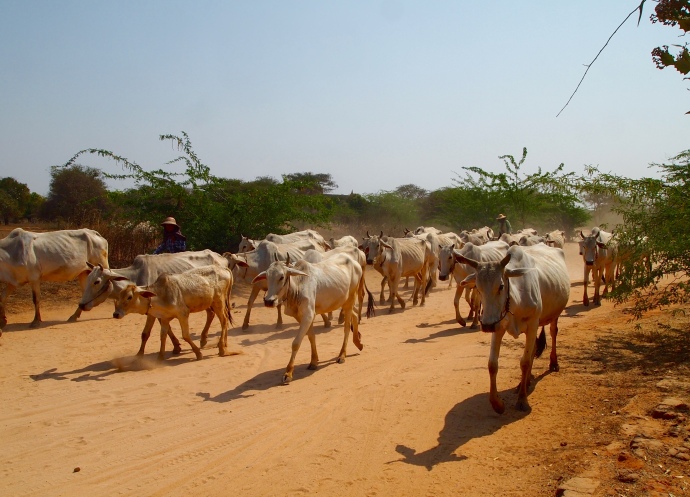
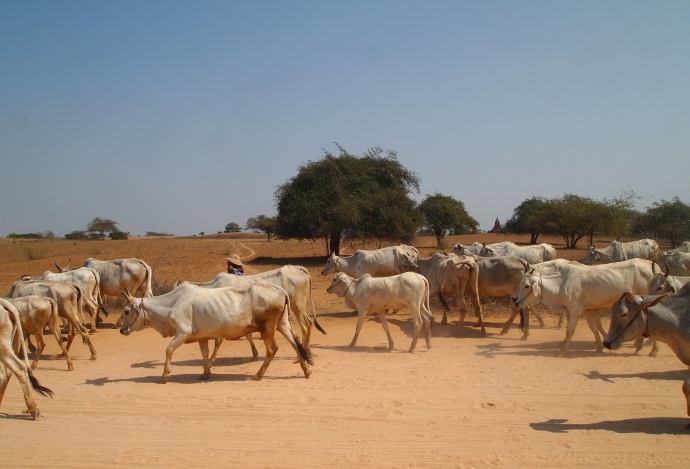
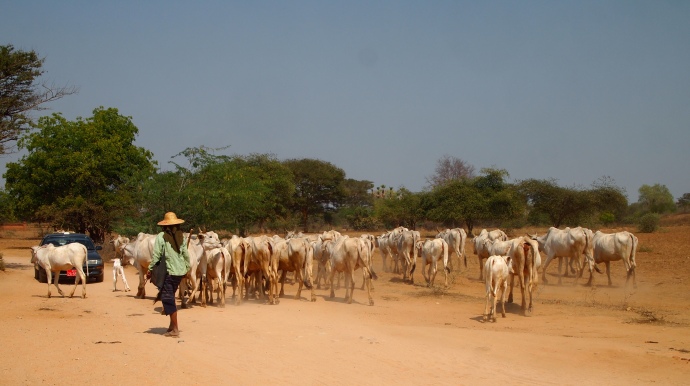
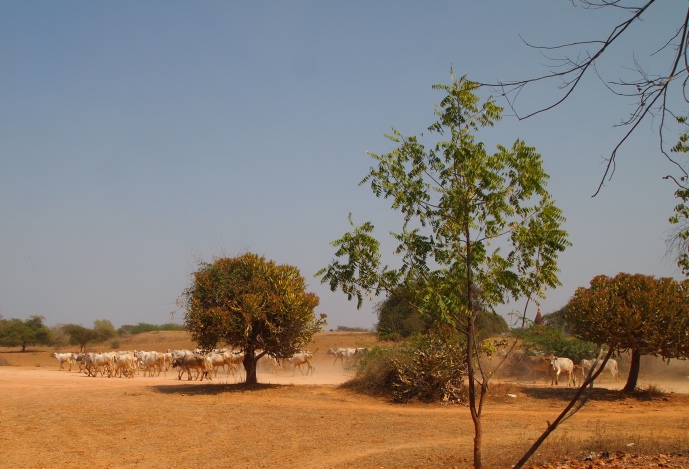


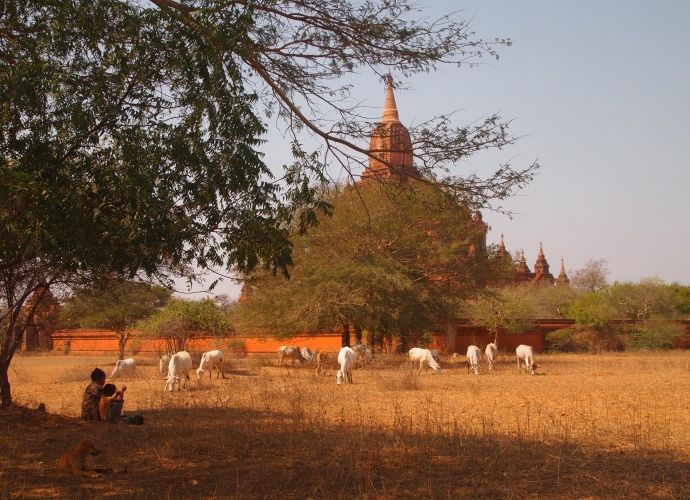

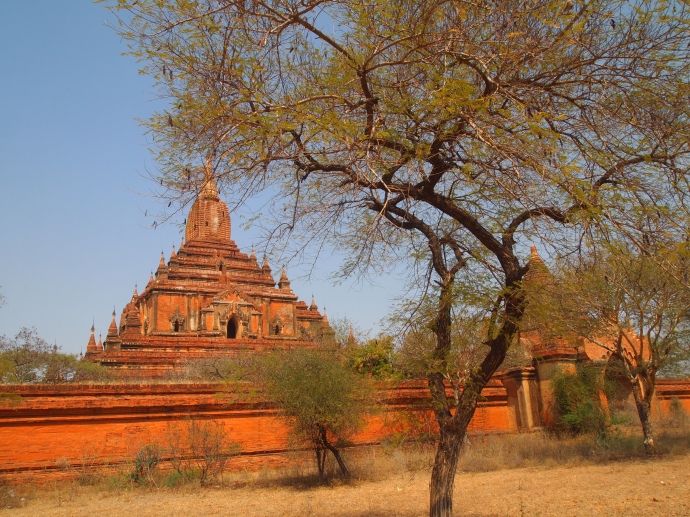
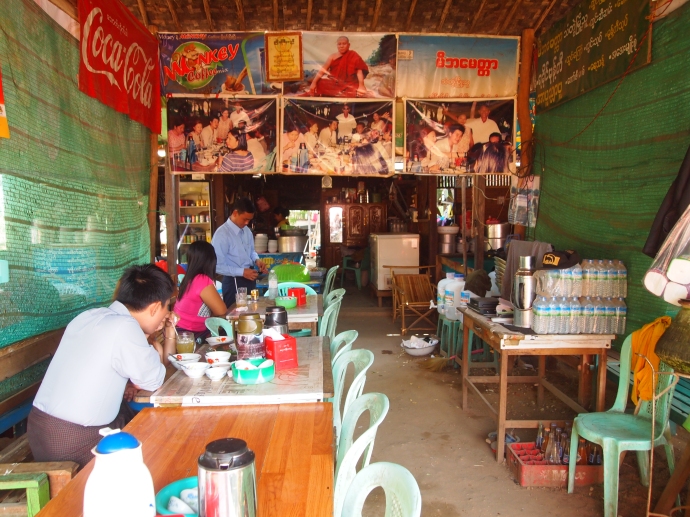
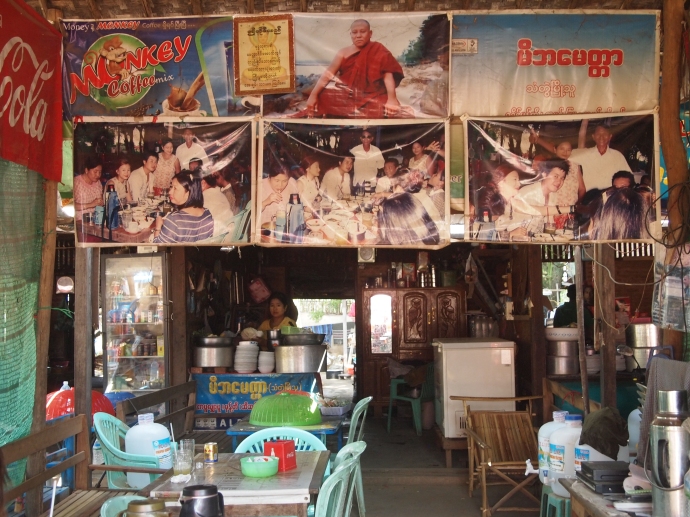
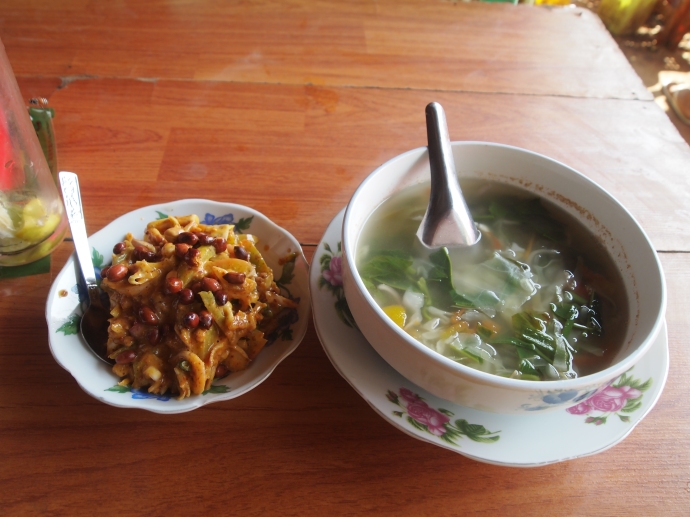








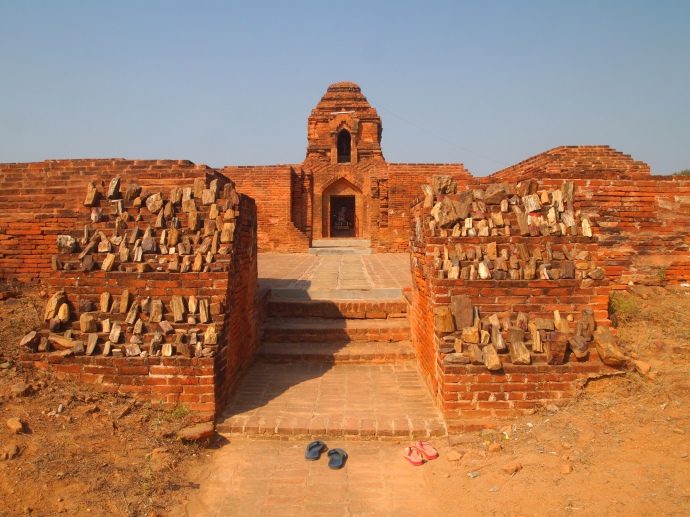

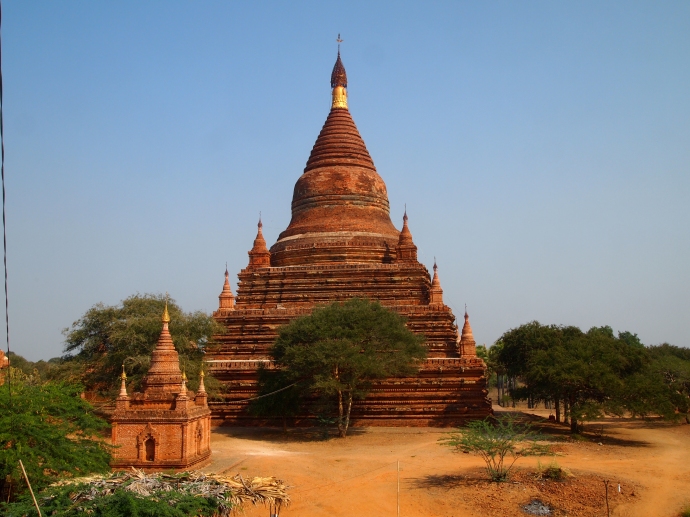
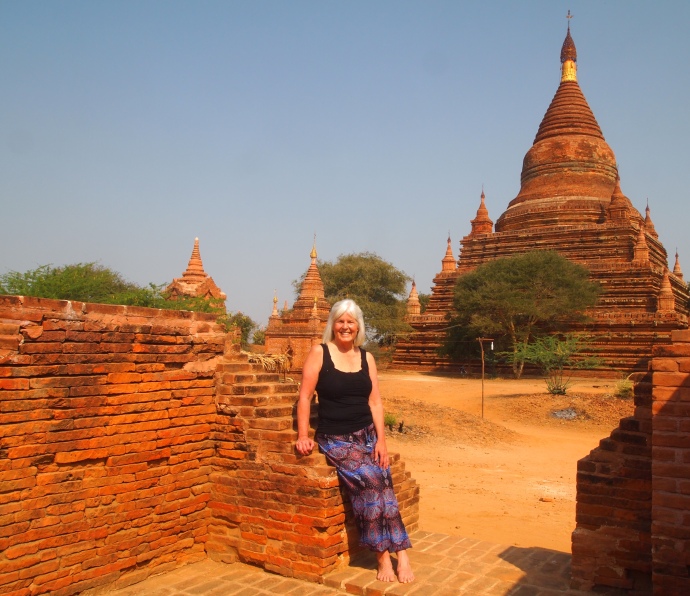

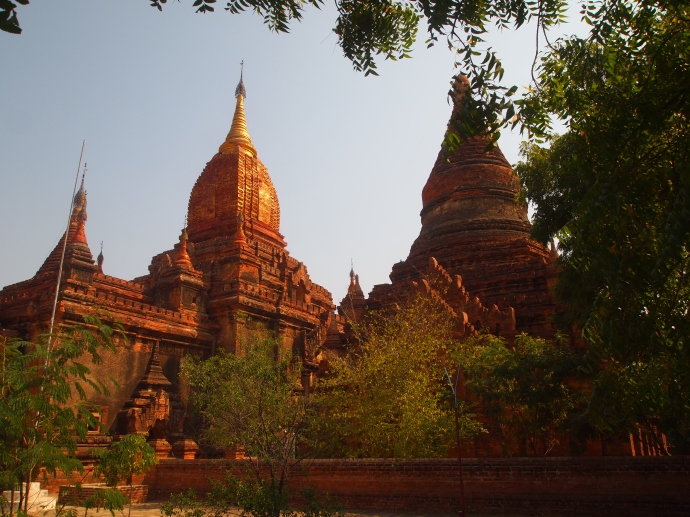












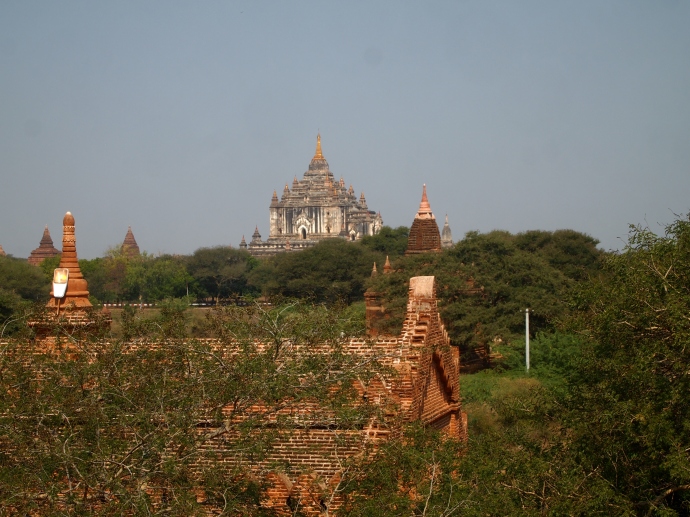





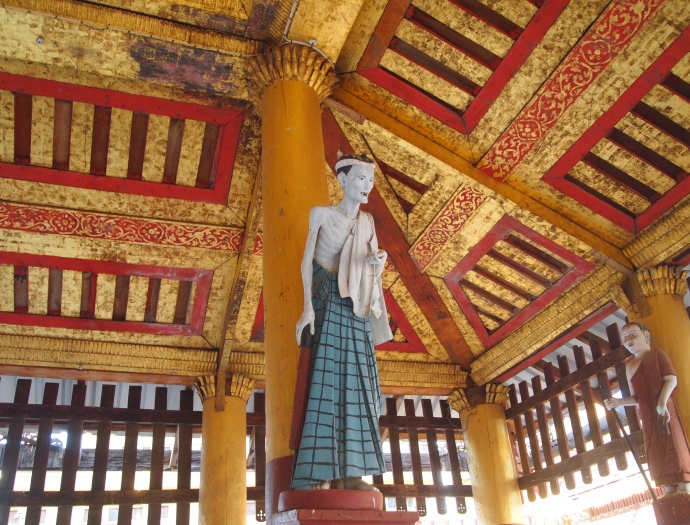











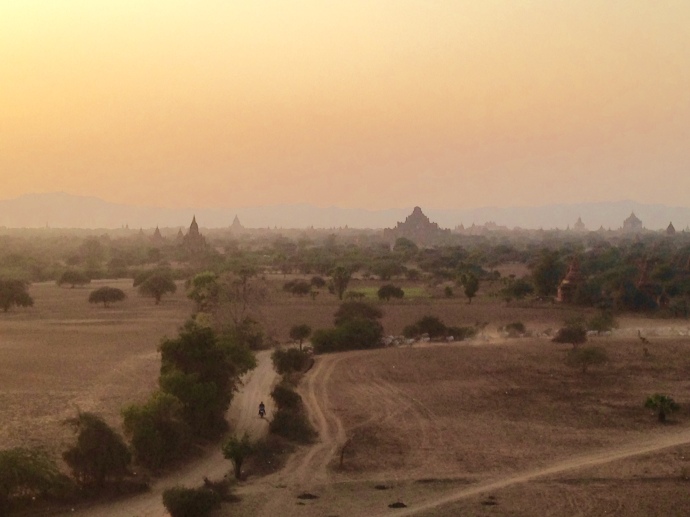
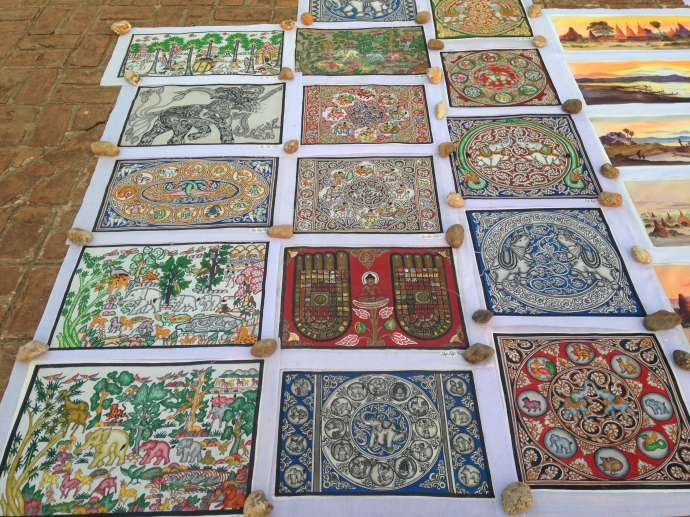
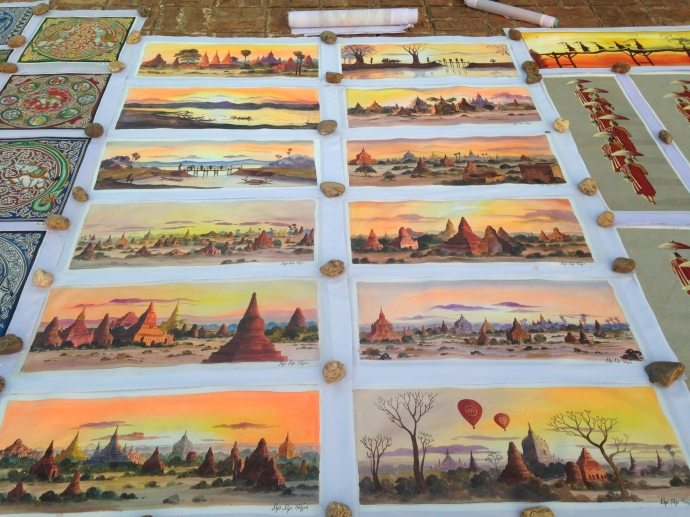











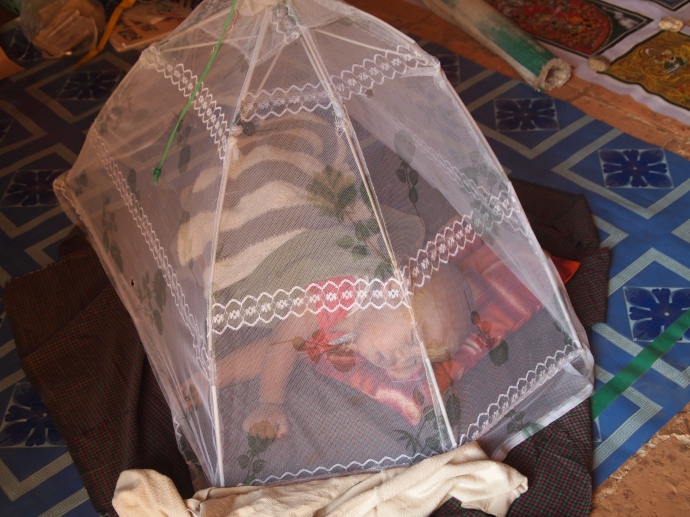


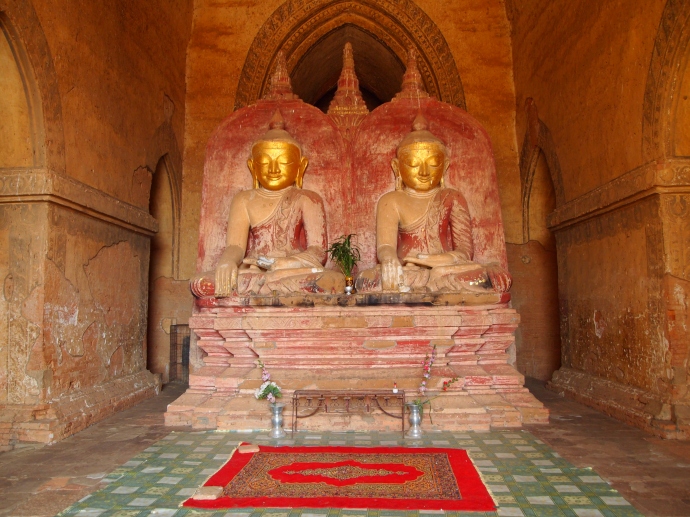





















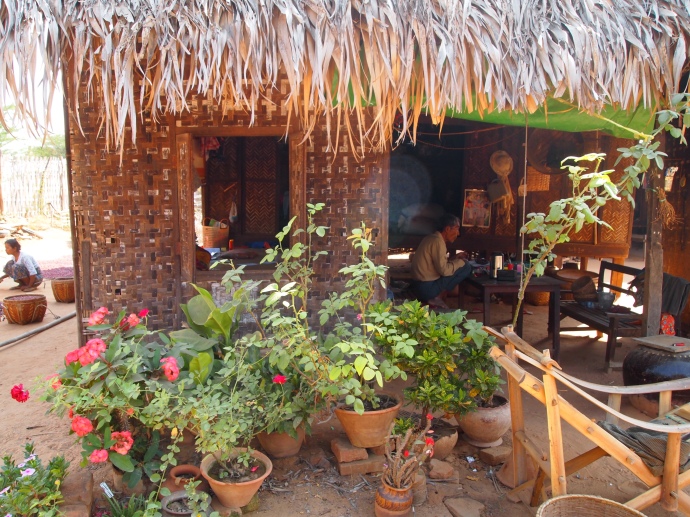

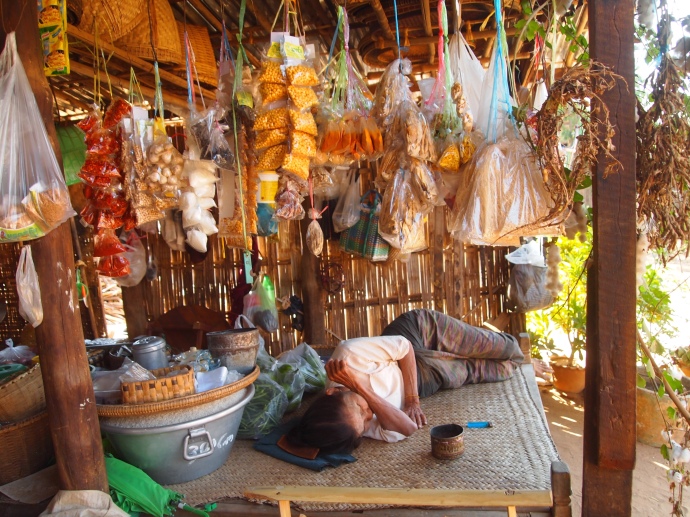
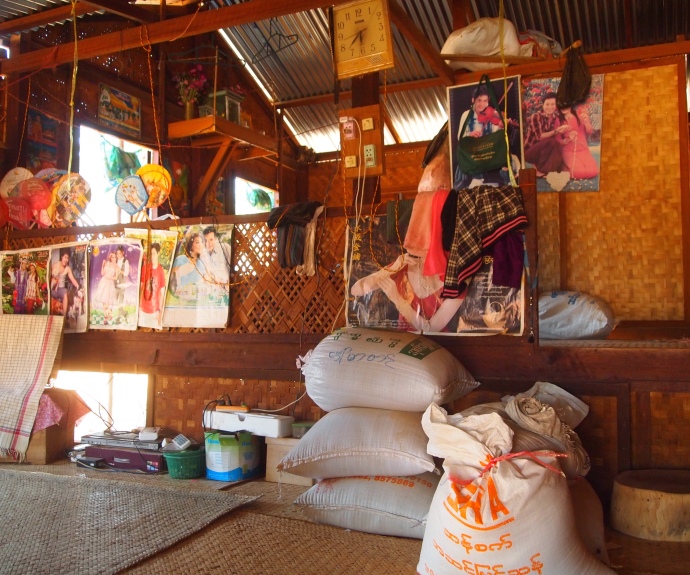


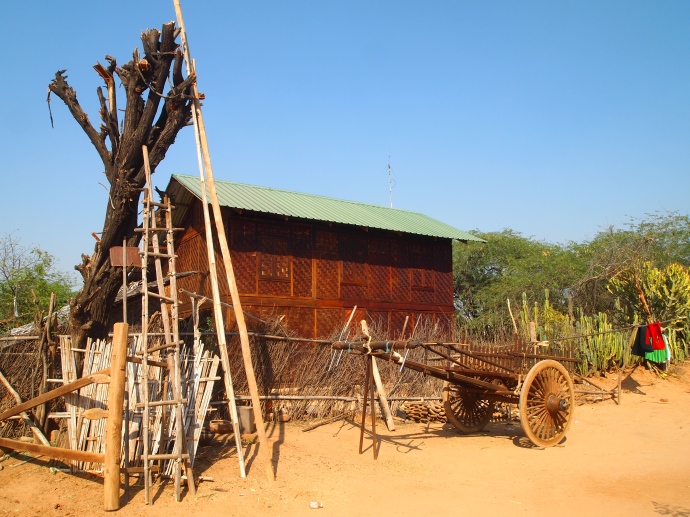



















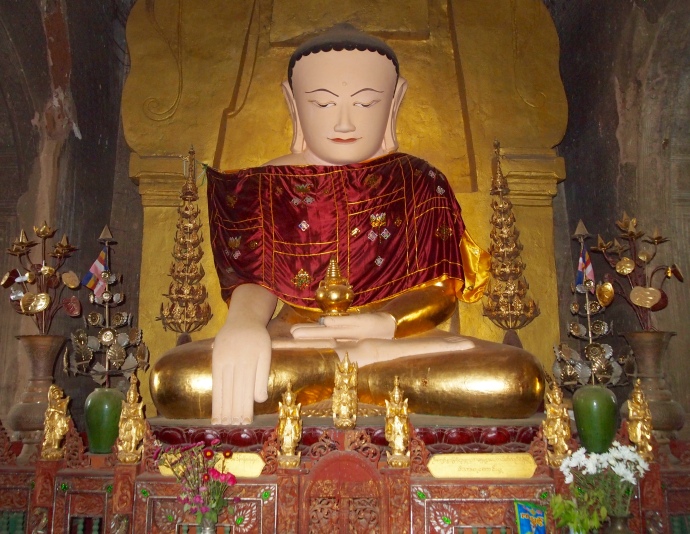










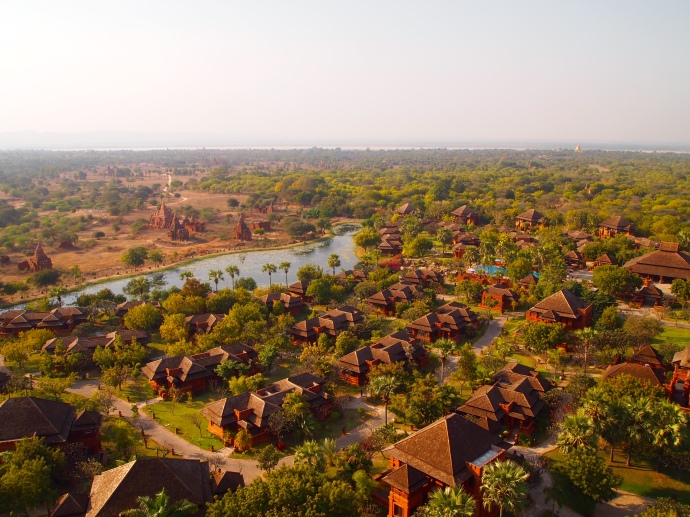




You must be logged in to post a comment.